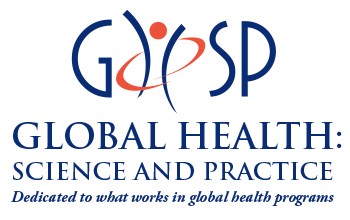Abstract
A better understanding of the factors influencing use of family planning has the potential to increase contraceptive prevalence and improve the ability of women and their partners to freely choose the number and spacing of their children. Investigations into factors contributing to unmet need frequently rely on data collected using household surveys or interviews with family planning clients and providers. Our research utilizes qualitative information resulting from simulated client visits to investigate programmatic barriers to contraceptive use in a sample of 19 health care facilities in Kisumu East District, a city in western Kenya. Simulated client reports indicate deficiencies in provider competence as well as tenuous relations between providers and clients. In addition, simulated client data reveal occasional absences of providers during normal facility hours of operation and requests of informal fees for services. Trainings that address specific gaps in provider medical knowledge and counseling skills as well as client-provider relations may reduce such programmatic barriers to contraceptive use. In addition, improved supervision and oversight at facilities may increase physical and financial access to services. Future research investigating provider motivations may illuminate root causes of programmatic barriers.
- Received: 2013 May 22.
- Accepted: 2013 Jul 20.
- © Tumlinson et al. This is an open-access article distributed under the terms of the Creative Commons Attribution License, which permits unrestricted use, distribution, and reproduction in any medium, provided the original author and source are properly cited. To view a copy of the license, visit http://creativecommons.org/licenses/by/3.0/











